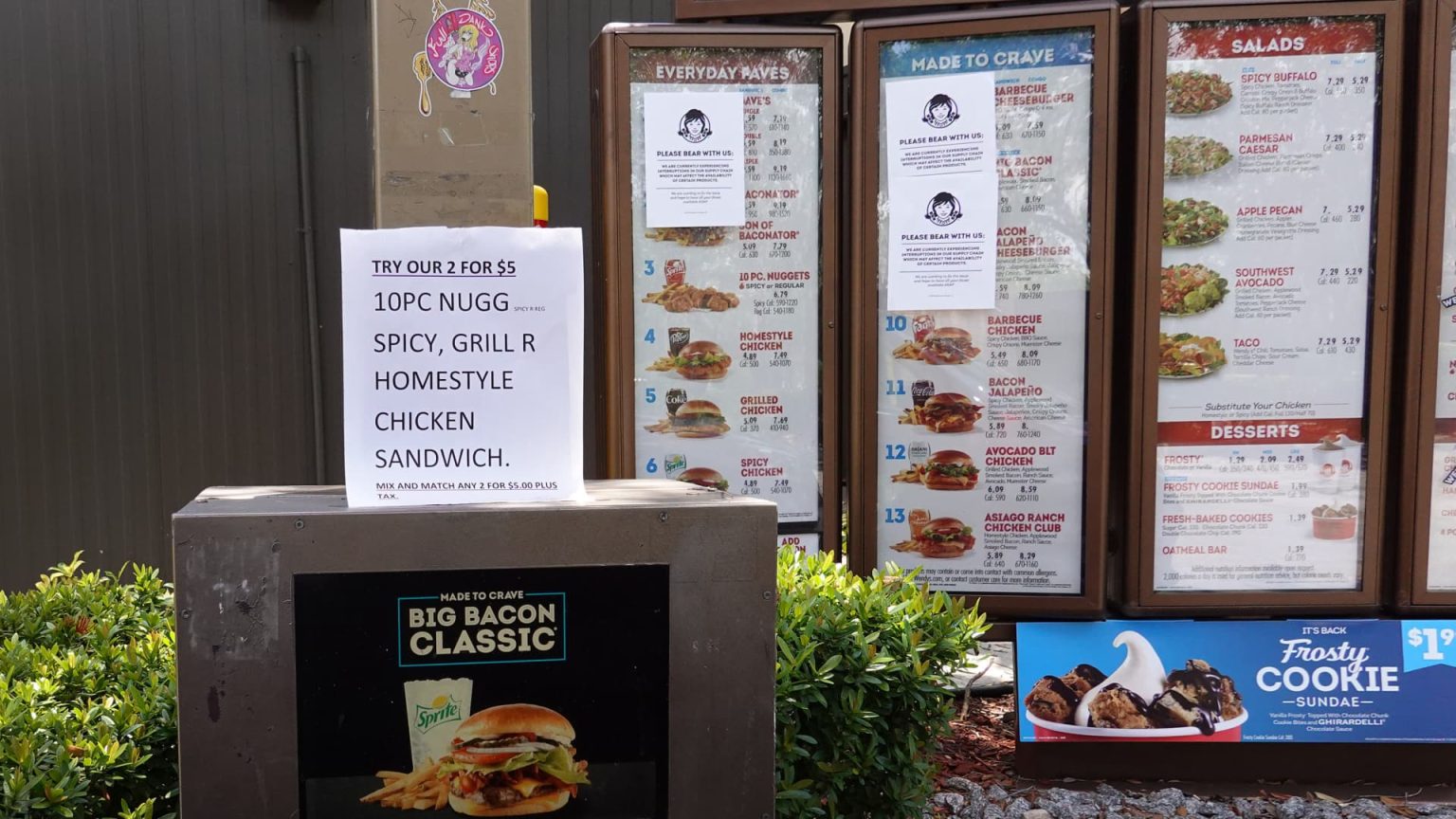Inflation rose slightly in July, primarily driven by higher housing-related costs, according to a report from the Labor Department. The consumer price index increased by 0.2% for the month, putting the 12-month inflation rate at 2.9%, slightly below economists’ expectations. Excluding food and energy, the core CPI also rose by 0.2% on a monthly basis. The annual rate is the lowest since March 2021, and the core is the lowest since April 2021. Shelter costs saw the largest increase, accounting for 90% of the overall inflation rise, while food prices climbed slightly and energy costs remained flat.
The stock market futures had a negative reaction to the report, while Treasury yields mostly increased. Despite soft food inflation on the month, some categories saw significant increases, such as eggs which were up by 5.5%. Inflation readings have been gradually moving back towards the Federal Reserve’s 2% target. Producer prices rose by just 0.1% in July, indicating a year-over-year increase of 2.2%. Federal Reserve officials have hinted at a willingness to ease interest rates, though they have not committed to a specific timetable or pace of cuts. Market expectations currently point to a quarter percentage point reduction in September, with further cuts likely by the end of 2024.
The latest CPI report suggests that inflation is not a major obstacle for the Federal Reserve to begin cutting interest rates in September. However, there is limited urgency for a significant rate cut. As inflation eases, concerns about a slowing labor market have increased the likelihood of the Fed starting to cut rates for the first time since the early days of the Covid crisis. Various areas in the report showed signs of inflation stubbornness, such as auto insurance costs, which rose by 1.2% for the month and 18.6% annually. Despite automotive prices declining, shelter costs continued to rise, defying expectations for easing in housing-related expenses.
The report also indicated deflation in several categories, including medical care services, apparel, and core commodity prices, all of which saw decreases on a monthly basis. The Labor Department’s report showed that new vehicles decreased by 0.2% and used cars and trucks dropped by 2.3% for the month and 10.9% from a year ago. The shelter component, which makes up a significant portion of the index, saw an increase in rent prices both monthly and annually, contrary to expectations for a decline in housing-related costs. The ongoing crosscurrents in the report highlight the complexity of the inflation data and the need to closely monitor both inflation and employment trends.
Overall, the latest CPI report indicates a mixed picture of inflationary pressures, with some categories showing stubborn inflation while others demonstrate signs of deflation. The Federal Reserve’s willingness to ease interest rates, combined with concerns about a slowing labor market, suggests that a rate cut in September is increasingly likely. However, the report also suggests that there is limited urgency for a significant reduction in rates. As market participants continue to assess economic data and Fed signaling, the path of inflation and interest rates in the coming months remains uncertain.


